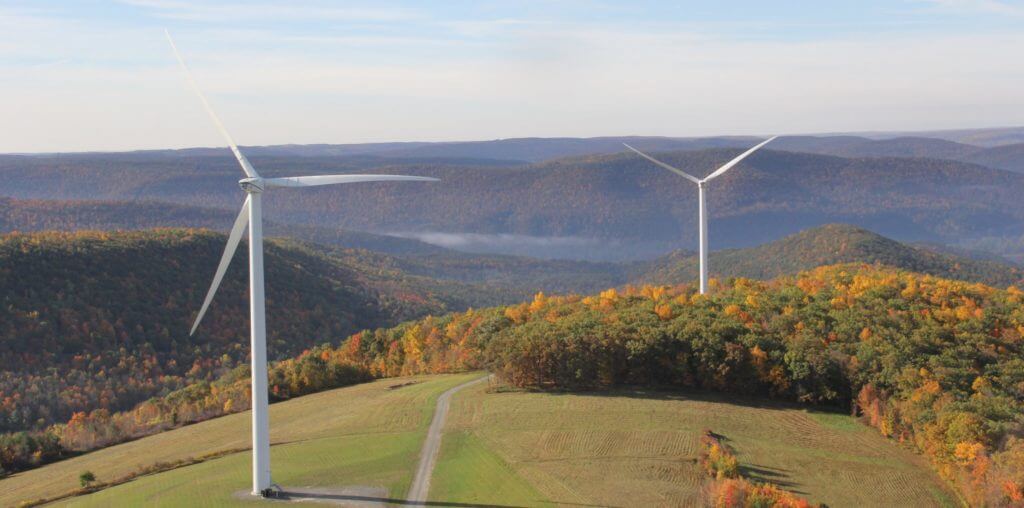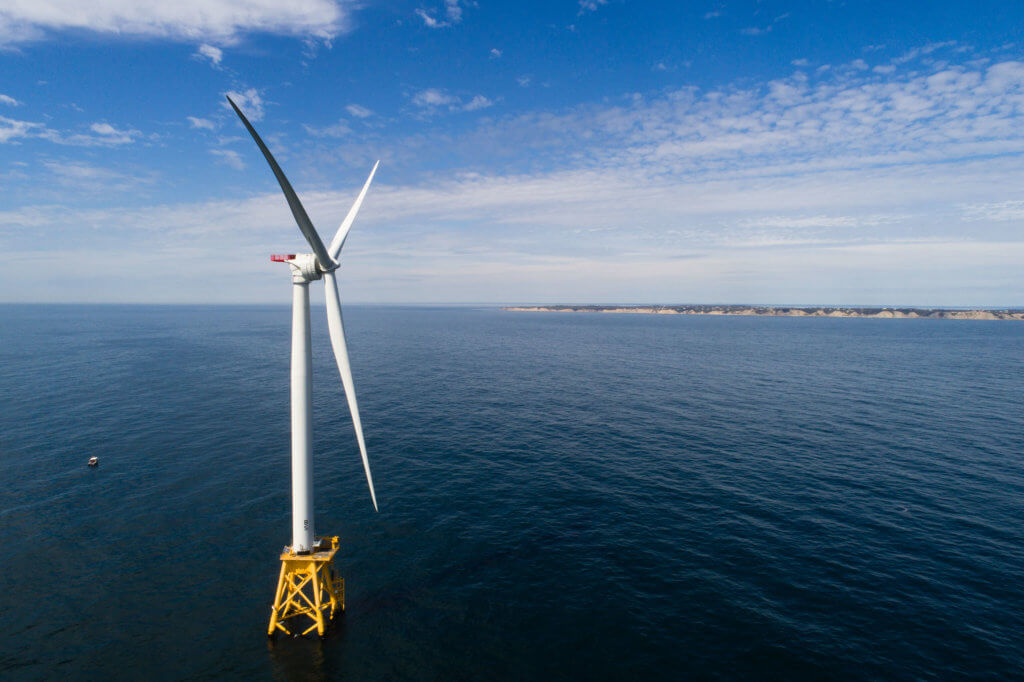Ohio puts freeze on RPS, stifling clean energy development
The Ohio legislature yesterday passed S.B. 310, effectively placing a freeze on the state’s renewable portfolio standard, known as the Alternative Energy Portfolio Standard (AEPS). The standard, extremely popular with the voting public, had set the stage for the Buckeye State to obtain 12.5 percent of its energy from renewable sources by 2025, and for good reason.

Ohio wind turbine. Photo credit: Fogonthedowns
JOBS AND MANUFACTURING
Ohio’s AEPS has helped transform the “Rust Belt” into a national clean power hub. Since coming into effect, the state’s clean energy sector has boomed, providing 25,000 jobs and no less than $1 billion in investment from the private sector.
Ohio is #1 in the nation in wind-related manufacturing, producing more parts for wind turbines than any other state. Up to 3,000 hard workers keep the state’s wind industry turning. Those jobs, along with thousands more, are at risk.
The impacts of S.B. 310 will be felt throughout the state economy, not just in clean energy jobs. As of March 2014, Ohio Utility AEP’s proposed energy efficiency plan for next year through 2019 would save their customers “approximately $1.5 billion” and create over 4,000 new jobs. Plans like these, designed to reduce waste and save money, are threatened by the bill’s passage.
CONSUMER SAVINGS
Along with jobs, clean energy’s benefits to ratepayers will also fall under threat. At least 15 independent studies (by grid operators, state governments, and others) confirm that wind energy drives electricity prices down. Similarly, energy efficiency measures established by the AEPS and making up another 12.5 percent by 2025 have created consumer savings exceeding $1 billion.
A study conducted by Synapse Energy Economics found doubling the use of wind power in the Mid-Atlantic and Great Lakes states would save customers close to $7 billion per year. PJM, the regional grid operator for Ohio, found a recent report that obtaining up to 30 percent of its electrical supply from wind power would lower production costs by $15 billion a year.
Ohio’s nascent wind power portfolio already pays $3.6 million a year to local communities and over $2.5 million in land lease payments to those landowners, often farmers, hosting turbines on their land. With new wind power under development, those numbers could increase to $10 million and $8 million per year, respectively.
Unfortunately, by putting a freeze on the AEPS, Ohio is saying “no thanks” to billions of dollars in new investment in clean energy. That investment will now go elsewhere.
PUBLIC SUPPORT FOR CLEAN ENERGY
Newspapers, faith groups, and manufacturers called for Governor Kasich to veto the legislation, avoiding a major setback in Ohio’s march toward a cleaner energy future. From yesterday’s Cleveland Plain Dealer:
SB 310 is more than a simple freeze; the bill also will chill what have been burgeoning alternative-energy investments in a state, and during a governorship, that aims to create Ohio jobs.
Is SB 310 a better bill than it was? Yes, partly thanks to Kasich. Is SB 310 the best bill of its type Kasich may get from this legislature? Maybe. But neither of those factors can make an unacceptable bill, passed unacceptably, fair. Senate Bill 310 deserves a veto.
Editorials like this one appeared across Ohio, voicing support for the AEPS’s track record of saving money and promoting economic growth.
Not surprisingly, many proponents of the freeze bill are tied to a larger attempt across the country to gut state renewable standards, financed by clean energy opponents and special interest groups.
From EcoWatch:
Some think the answer to Demeter’s question lies in several Ohio legislators’ affiliation to ALEC. Aside from Kasich’s ties, Ohio Sen. Bill Seitz (R-Cincinnati) is known as the legislation’s loudest advocate and is also an ALEC board member, for example.
“Passage of SB 310 threatens Ohio jobs and potential future investment in green technology,” Hagan said. “We are on the precipice of destroying our environment and climate.
“Instead of clinging to outdated modes of energy generation, the legislature needs to focus on securing our state’s energy future.”
THE CLEAN ENERGY SUCCESS STORY
A recent poll by USA Today reported 73 percent of Americans want continued government incentives for clean energy technologies.
Wind power offers proven benefits to Americans. But with clean energy success stories under attack by special interests across the country, including on Capitol Hill, it is more important than ever to spread the word about wind power’s proven ability to save consumers money and cut carbon emissions.
Be sure to visit AWEA’s fact sheets on state policy, federal policy, and state renewable electricity standards, and remember to bookmark The Truth About Wind Power on your smartphone.
Follow the defense of Ohio’s landmark clean energy industry on the Into the Wind blog:




